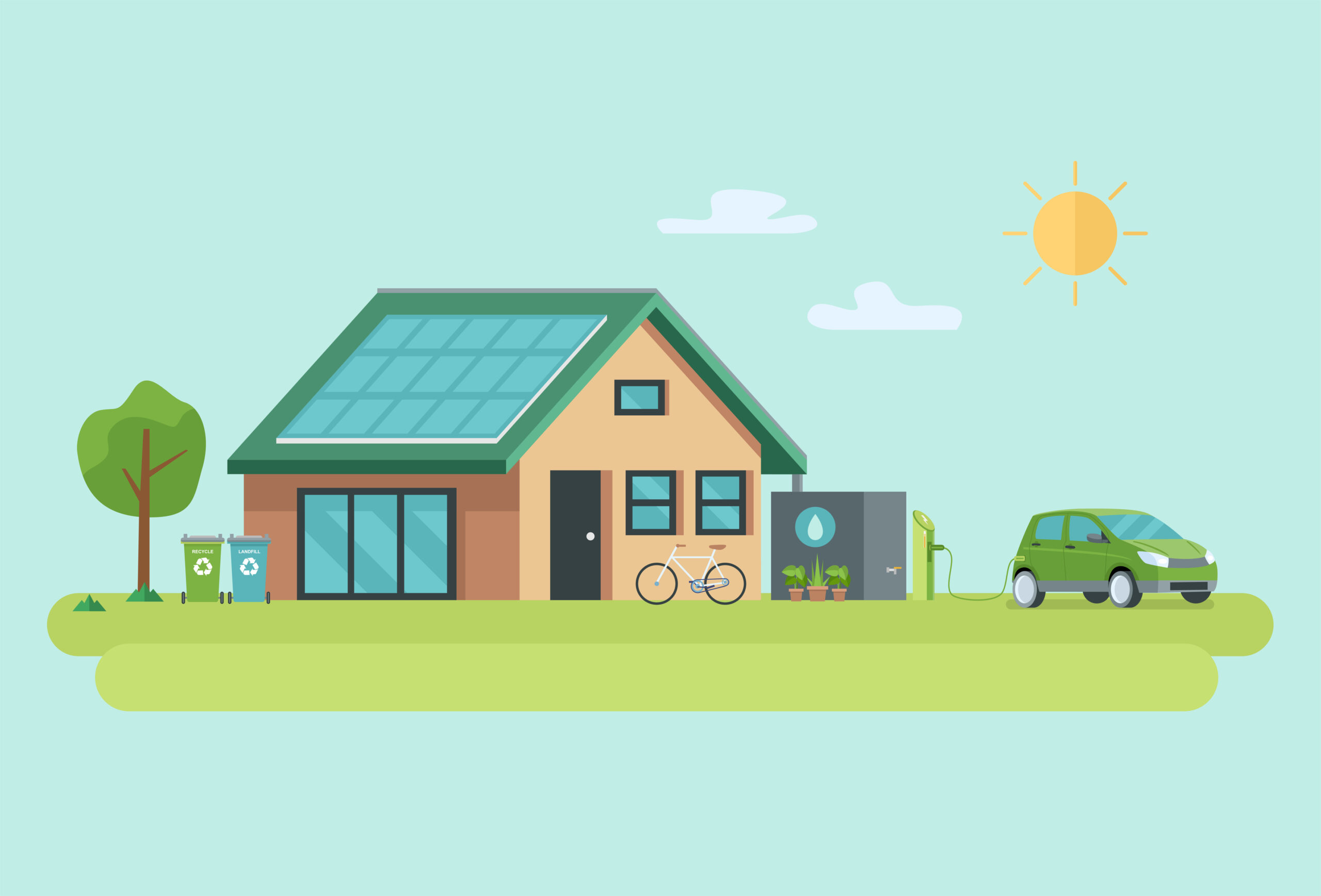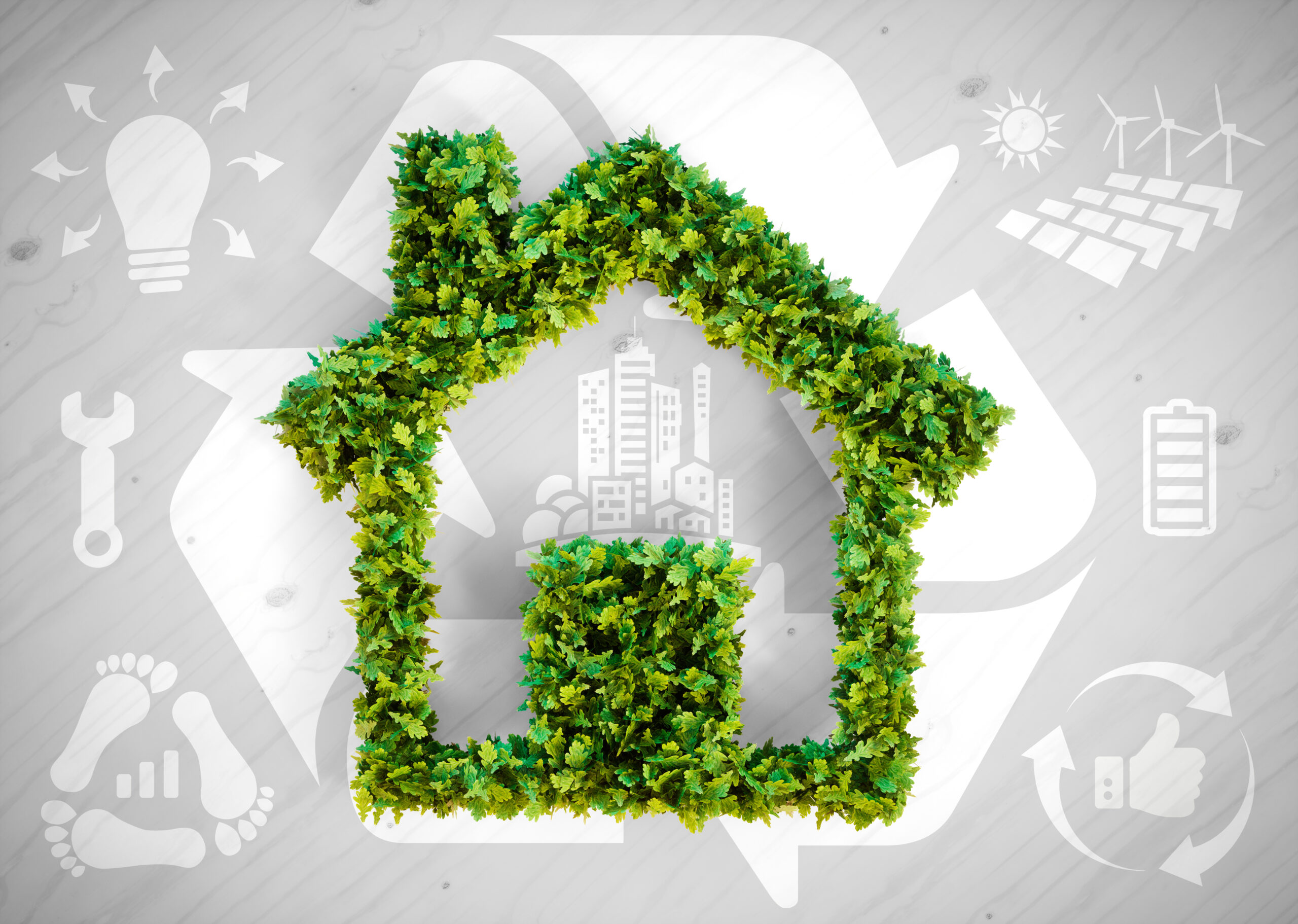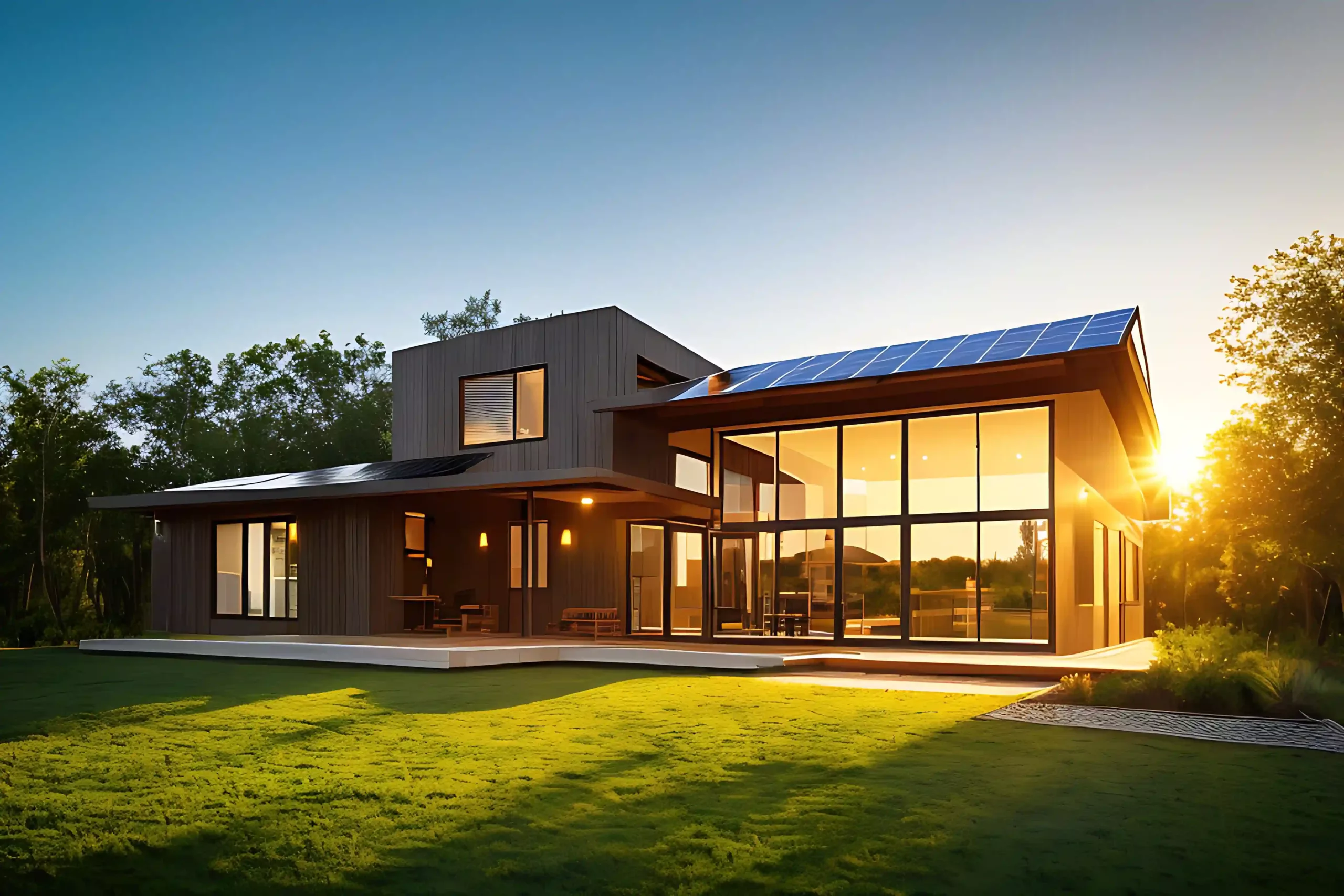Passive solar is all about the capture of solar energy without extra equipment. This type of solar energy is used to passively heat and cool a property without the use of outside energy. By designing your home with passive solar in mind, you can ensure that you get the most out of your home’s location.
In order to minimize the use of energy, passive solar design takes advantage of a building’s site, materials, as well as climate. A well-designed passive solar home reduces heating and cooling loads through energy-efficient strategies. This occurs before meeting those reduced loads in whole or part with solar energy.
Due to the small heating loads of modern homes, avoiding oversizing south-facing glass is of utmost importance. You also have to ensure that south-facing glass is properly shaded to prevent overheating and increased cooling loads in the spring and fall. This will reduce the heating and cooling costs in the process.
At Sustainable Design Group we will go over the basics of passive solar homes in order to let you know how to perfectly heat your home without sacrificing your budget. Our expertise will provide you with the necessary knowledge that will make you properly prioritize certain factors into heating your home.
Energy Efficiency Before Anything
If you’re remodelling an existing home, the first step is prioritize the most cost-effective energy efficiency improvements. Before you add solar features, remember that energy efficiency is the most cost-effective strategy for reducing both heating and cooling bills. Choose professionals like Sustainable Design Group to get necessary experience in energy-efficient house design and construction. You can work with us to optimize your home’s energy efficiency.
Site Selection
If you’re planning a new passive solar home, a portion of the your house’s south side must have an unobstructed view of the sun. You should dedicate future uses of the land to the south of your site. If you do so, small trees become tall trees, and a future multi-story building can block your home’s access to the sun.
In some areas, zoning or other land use regulations protect landowners’ solar access. If your region doesn’t protect solar access, look for a lot that happens to be deep from north to south. Then, simply place the house on the lot’s north end.
How Passive Solar Home Design Works
In simple terms, a passive solar home collects heat as the sun shines through south-facing windows and retains it in materials that store heat, known as thermal mass. The share of the home’s heating load that the passive solar design can meet is called the passive solar fraction, and depends on the area of glazing and the amount of thermal mass.
The ideal ratio of thermal mass to glazing varies by climate. Well-designed passive solar homes also provide daylight all year and comfort during the cooling season through the use of nighttime ventilation.
The two critical dates to keep in mind as you’re making plans for passive solar are December and June 21st. These two dates determine when the sun will be highest and lowest in North America.
The Importance of Window Placement
Window placement is one of the most important aspects to consider when it comes to passive solar. Windows located on the south side will allow in the most sunlight and thus, the most heat. During summer, the south-facing windows are optimized by letting in the least amount of sunlight as it’s directly overhead, and in winter, the south-facing windows catch the most light.
Eastern and western windows are helpful for passive solar as well, but to a lesser extent than south-facing windows. This is because the sun rises in the east and sets in the west, so those specific windows will get more light during the morning and evening, and not much during the rest of the day.
Orienting Your Home Correctly
Your roof’s sun exposure will hugely impact how home heats and cools passively. If your main roofline is facing south, a lot more heat will be absorbed by your property throughout the winter months. To offset this heat absorption during summer, plant some trees around your property, which will grow and provide shade for it. They should lose their leaves in the fall to provide you with plenty of sunlight all winter long.
In order to be successful, Sustainable Design Group recommends these basic elements in order to have passive solar home design work:
- Properly oriented windows. Typically, windows or other devices that collect solar energy should face within 30 degrees of true south and should not be shaded during the heating season by other buildings or trees from 9 a.m. to 3 p.m. each day. During the spring, fall, and cooling season, the windows should be shaded to avoid overheating. Be sure to keep window glass clean.
- Thermal mass. Thermal mass in a passive solar home — commonly concrete, brick, stone, and tile — absorbs heat from sunlight during the heating season and absorbs heat from warm air in the house during the cooling season. Other thermal mass materials such as water and phase change products are more efficient at storing heat, but masonry has the advantage of doing double duty as a structural and finish material.
In well-insulated homes found in moderate climates, the thermal mass inherent in home furnishings and drywall may be sufficient. As a result, it eliminates the need for additional thermal storage materials. Make sure that objects do not block sunlight on thermal mass materials. - Distribution mechanisms. Solar heat is transferred from where it is collected and stored to different areas of the house by conduction, convection, and radiation. In some homes, small fans and blowers help distribute heat.
Conduction occurs when heat moves between two objects that are in direct contact with each other, such as when a sun-heated floor warms your bare feet.
Convection is heat transfer through a fluid such as air or water, and passive solar homes often use convection to move air from warmer areas, like a sunspace, into the rest of the house.
Radiation is what you feel when you stand next to a wood stove or a sunny window and feel its warmth on your skin. Darker colors absorb more heat than lighter colors, and are a better choice for thermal mass in passive solar homes. - Control strategies. Properly sized roof overhangs can provide shade to vertical south windows during summer months. Other control approaches include electronic sensing devices, such as a differential thermostat that signals a fan to turn on; operable vents and dampers that allow or restrict heat flow; low-emissivity blinds; operable insulating shutters; and awnings.
Refining the Design
It might be conceptually simple, but a successful passive solar home requires that a number of details and variables come into balance. An experienced designer, is one that can use a computer model to simulate the details of a passive solar home in different configurations until the design fits the site as well as the owner’s budget, aesthetic preferences, and performance requirements.
The designer will then apply these elements using passive solar design techniques that include direct gain, indirect gain, and isolated gain. Some of the elements the designer will consider include:
- Auxiliary heating and cooling systems
- Insulation and air sealing
- Thermal mass location and type.
- Window location, glazing type, and window shading
Direct Gain
In a direct gain design, sunlight enters the house through south-facing windows and strikes masonry floors and/or walls, which absorb and store the solar heat. As the room cools during the night, the thermal mass releases heat into the house. Some builders and homeowners use water-filled containers located inside the living space to absorb and store solar heat.
Although water stores twice as much heat as masonry materials per cubic foot of volume, water thermal storage requires carefully designed structural support. An advantage of water thermal storage is that it can be installed in an existing home if the structure can support the weight.
Indirect Gain/Trombe Wall
An indirect-gain passive solar home has its thermal storage between the south-facing windows and the living spaces. The most common indirect-gain approach is a Trombe wall. It consists of an 8-inch to 16-inch thick masonry wall on the south side of a house.
A single or double layer of glass mounted about one inch or less in front of the dark-colored wall absorbs solar heat, which is stored in the wall’s mass. The heat then migrates through the wall and radiates into the living space. Heat travels through a masonry wall at an average rate of one inch per hour. Therefore, the heat absorbed on the outside of an 8-inch thick concrete wall at noon will enter the interior living space around 8 p.m.
Isolated Gain (Sunspaces)
The most common design for isolated-gain passive solar homes is a sunspace that can be closed off from the house with doors, windows, and other devices with operable openings. Also known under the names “unroom”, “solar room”, or “solarium”, a sunspace can be included in a new home design or added to a home that already exists.
Sunspaces should not be confused with greenhouses, which are designed to grow plants. Sunspaces provide the following main functions: auxiliary heat, a sunny space to grow plants, and a pleasant living area. The design considerations for these three functions are very different from each other, and accommodating all of them requires compromises.
Passive Solar Home Design for Summer Comfort
Sustainable Design Group’s experienced passive solar home designers, like all professionals in this field, plan for summer comfort as well as winter heating. We know that passive solar house requires careful design and siting, which vary by local climate conditions.
In most climates, an overhang or other devices such as shutters, will be necessary to block summer solar heat gain. Landscaping can also help keep your passive solar home comfortable during the cooling season.
Choose a Passive Solar Heating System with Sustainable Design Group
A passive solar heating system is what your property needs to provide you with the best temperatures and the most comfortable lifestyle. One of the most common systems is one that uses water, which is heated in one location and flows throughout the house to transfer that heat. Similar to hot water baseboard heat but instead heated by the sun. These systems take no energy other than the sun, making them completely passive.
If you want to choose a sustainable design for your home, choose Sustainable Design Group. We specialize in creating efficient, eco-friendly properties commercial and residential settings alike. Our work successfully fits the needs of our customers and provide them with comfortable modern living. Reach out to our team of sustainable design experts today!




